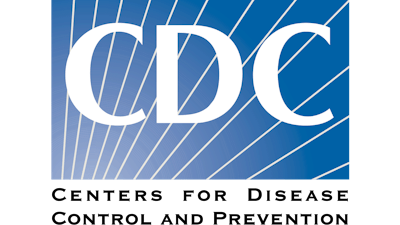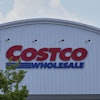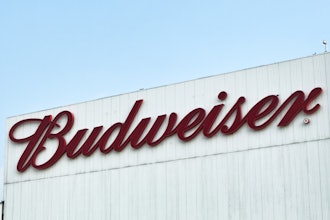
In 2019, multiple outbreaks of cyclosporiasis were identified and found to be linked to different produce items, including imported fresh basil. On Nov. 19, the Centers for Disease Control issued a final update for the total number of domestically-acquired cases of Cyclospora in 2019, stating that 10 percent of the 2019 cases were linked to this outbreak associated with imported fresh basil.
Case Counts
- Total Illnesses: 241
- Hospitalizations: 6
- Deaths: 0
- Last illness onset: July 26, 2019
- States with Cases: CT, FL, GA, IA, MA, MN, NY, OH, RI, SC, WI. Exposures occurred at restaurants in five states: FL, MN, NY, OH, WI
What is Cyclospora?
Cyclospora cayetanensis is a parasite that is so small it can only be seen under a microscope. When people eat food or drink water that’s contaminated with Cyclospora, they can get an intestinal illness called cyclosporiasis.
Cyclospora is generally transmitted when infected feces contaminate food or water. It’s unlikely to be transmitted directly from person to person because the Cyclospora parasite needs time (days to weeks) after being passed in a bowel movement to become infectious for another person.
The time between becoming infected and becoming sick is usually about one week. Cyclospora infects the small intestine (bowel) and usually causes watery diarrhea, with frequent, sometimes explosive, bowel movements. Other common symptoms include loss of appetite, weight loss, stomach cramps/pain, bloating, increased gas, nausea, and fatigue. People may also experience vomiting, body aches, headache, low-grade fever, and other flu-like symptoms. Some people who are infected with Cyclospora do not have any symptoms. If not treated, the illness may last from a few days to a month or longer. Symptoms may seem to go away and then return one or more times (relapse). It’s common to feel very tired.
People living or traveling in countries where cyclosporiasis is common, including certain tropical or subtropical regions of the world, may be at increased risk for infection. However, people living in other areas can become infected with Cyclospora by consuming food or water that has been contaminated with the parasite.
General Food Safety Tips for Restaurants and Retailers
Based on current information available, Cyclospora may be resistant to routine chemical disinfection methods such as those using chlorine. However, restaurants and retailers should still follow basic food safety practices:
- Retailers, restaurants, and other food service operators should always practice safe food handling and preparation measures. It is recommended that they wash utensils, and surfaces with hot, soapy water before and after handling food.
- Wash and sanitize display cases and refrigerators where potentially contaminated products were stored.
- Wash and sanitize cutting boards, surfaces, and utensils used to prepare, serve, or store potentially contaminated products.
- Wash hands with warm water and soap following the cleaning and sanitation process.
- Regular frequent cleaning and sanitizing of food contact surfaces and utensils used in food preparation may help to minimize the likelihood of cross-contamination.
General Food Safety Tips for Consumers
People should consult their healthcare provider if they suspect that they have developed symptoms that resemble a Cyclospora infection.
Consumers should follow these steps for preventing foodborne illness:
- Wash the inside walls and shelves of the refrigerator, cutting boards and countertops, and utensils that may have contacted contaminated foods; then sanitize them with a solution of one tablespoon of chlorine bleach to one gallon of hot water; dry with a clean cloth or paper towel that has not been previously used.
- Wash and sanitize surfaces used to serve or store potentially contaminated products.
- Wash hands with warm water and soap following the cleaning and sanitation process.
Produce items should be rinsed in clean, running water without the use of cleaners or soaps. After washing, dry produce with a clean cloth towel or paper towel to further reduce bacteria that may be present on the surface.






















